
That last post about climate change and politics was a bit heavy, for which I make no apologies. But there’s always space for something lighter on this blog. Sometimes it’s nice to reflect on what brought me to the point of being a scientist with an interest in biodiversity. Some of my earliest exposure to natural history involved peering into rock pools on the coast near Sunderland in the north east of England. In an old family album there’s a photograph of me aged about four, intently gazing at the welks, crabs and anemones as they wait for the next tidal surge to bring food or predators. If I wasn’t in Australia I’d go and hunt that photo down and share it with you. Right into my 20s my dad would tell any and every one about my childhood obsession with “gannin’ on the yocks”. The word “gannin'” is north eastern colloquial English for “going” while “yocks” was me not being able to pronounce “rocks”. “I’m gannin’ on the yocks” became a family catchphrase that could be used in any number of circumstances. It might just sum up my professional career if I think hard about it….
Later, at school and then college, I took part in several class projects that involved running transect lines down the shore and examining the zonation of the creatures: more hardy organisms, predictably, at higher points, the sensitive species lower down. Generations of biology students must have done similar studies. Do they still?
These rocky shore reminiscences have been inspired by a great piece of writing about tide pooling by Sarah Jean McPeek over at the Lively Discussions blog. I can’t match Sarah’s eloquent lyricism but I can match her love of a rocky shore. There are some great ones on the coast near Coogee, ranging from very small, deep holes, up to huge, artificial ones that were built as ocean swimming pools. Here’s some photos:
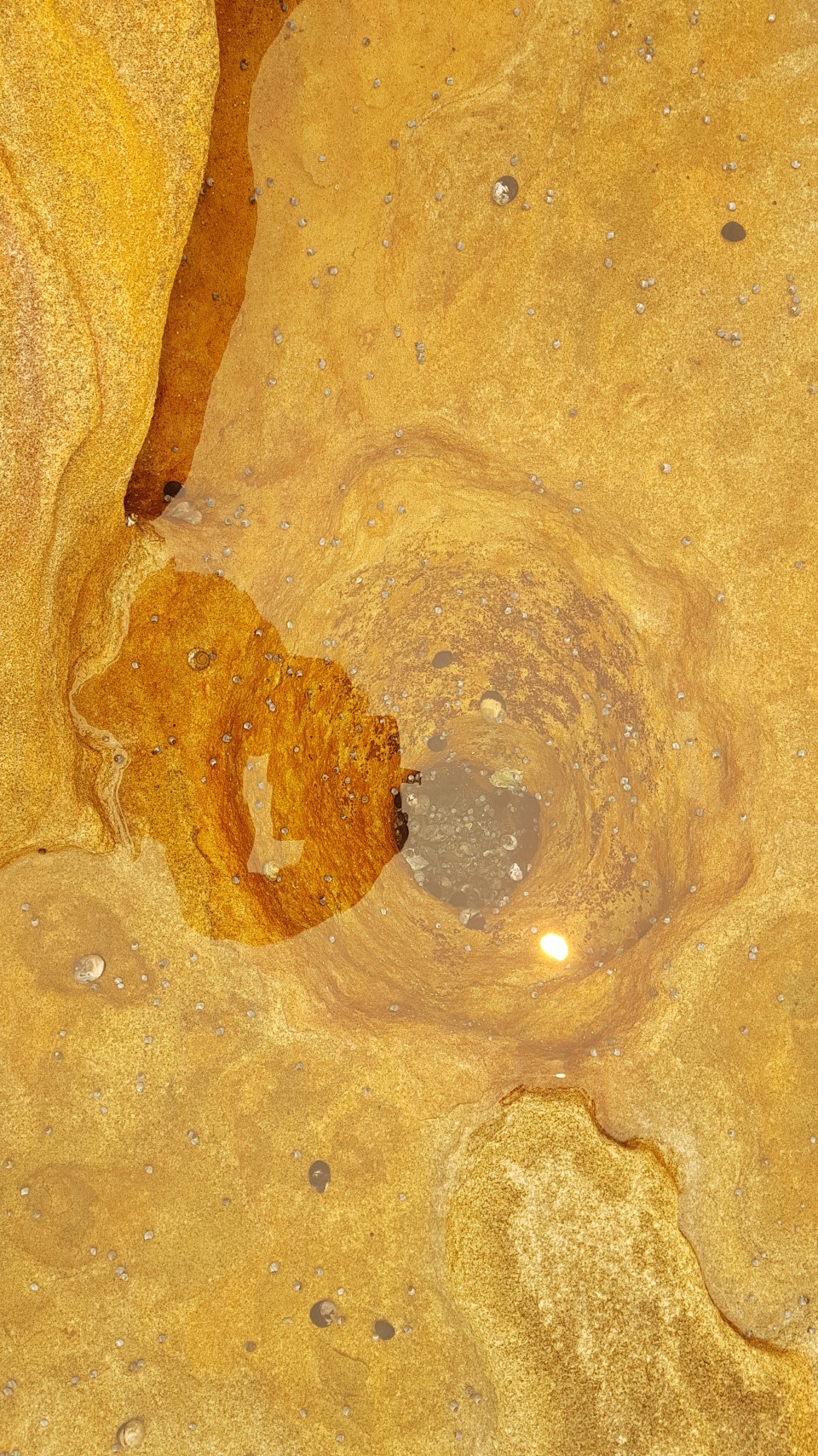
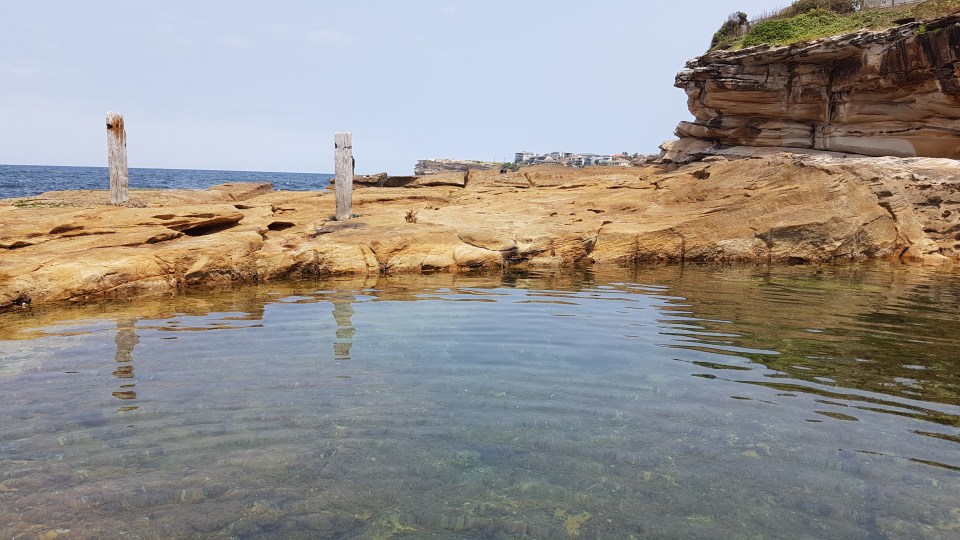
Holes within a pool. This is a great opportunity for a rocky shore ecologist to do a replicated manipulation experiment:

This is a different kind of experiment to test the hypothesis that water in large pools has evaporated enough to make it significantly more saline and thus increase the buoyancy of the human body. Hypothesis supported:

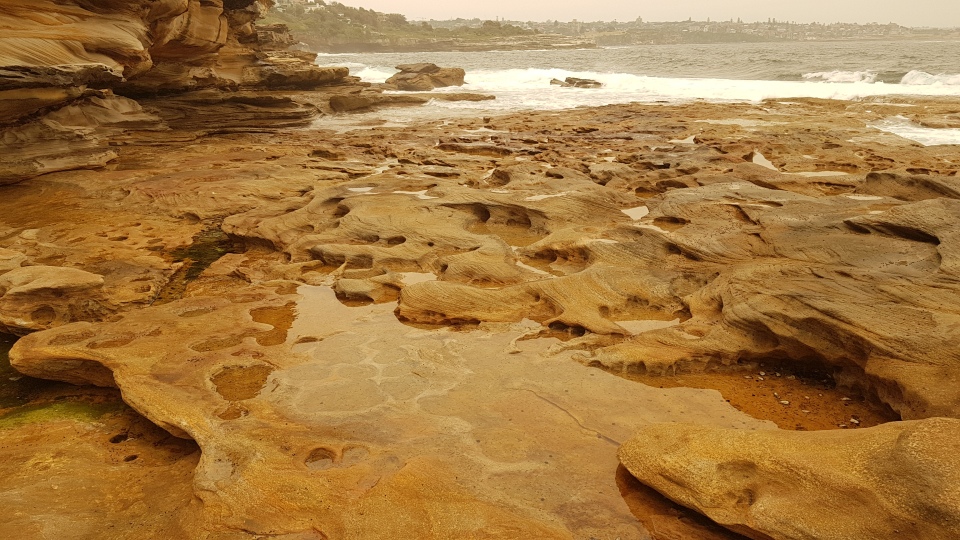
A classic wave-cut platform:

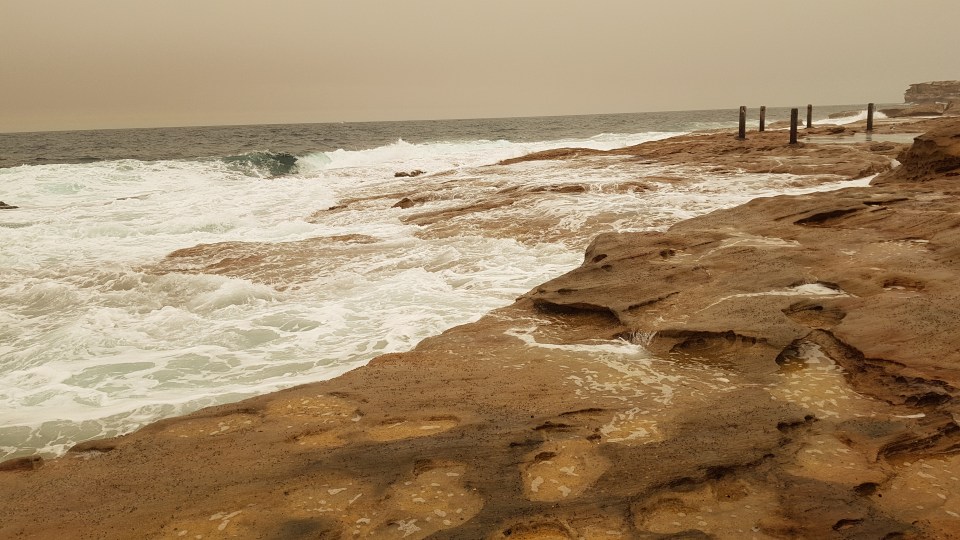
This very distinctive seaweed is known as Neptune’s necklace (Hormosira banksii):

This pool is being influenced by a freshwater spring that’s coming in from the left:

These fresh water streams and pools are important for the local coastal birds, including silver gulls (Chroicocephalus novaehollandiae) which belong to the same genus as black-headed gulls (C. ridibundus) in the northern hemisphere but which I think is a prettier species:
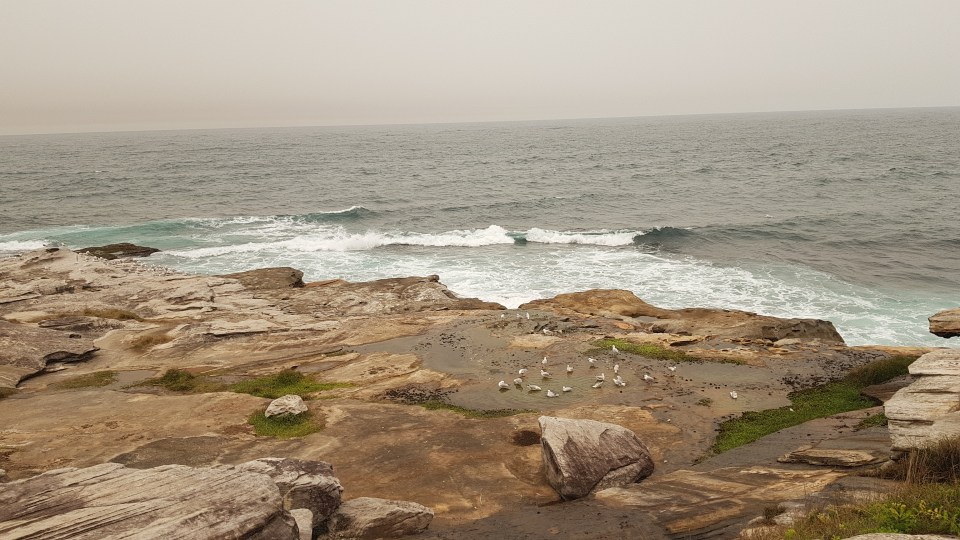
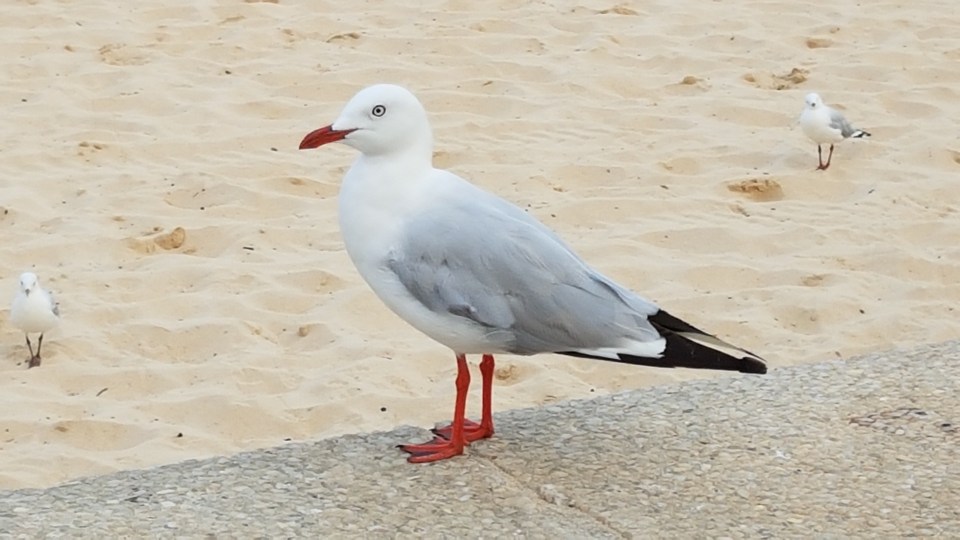
Australian white ibis (Threskiornis molucca) also enjoy the fresh water pools:
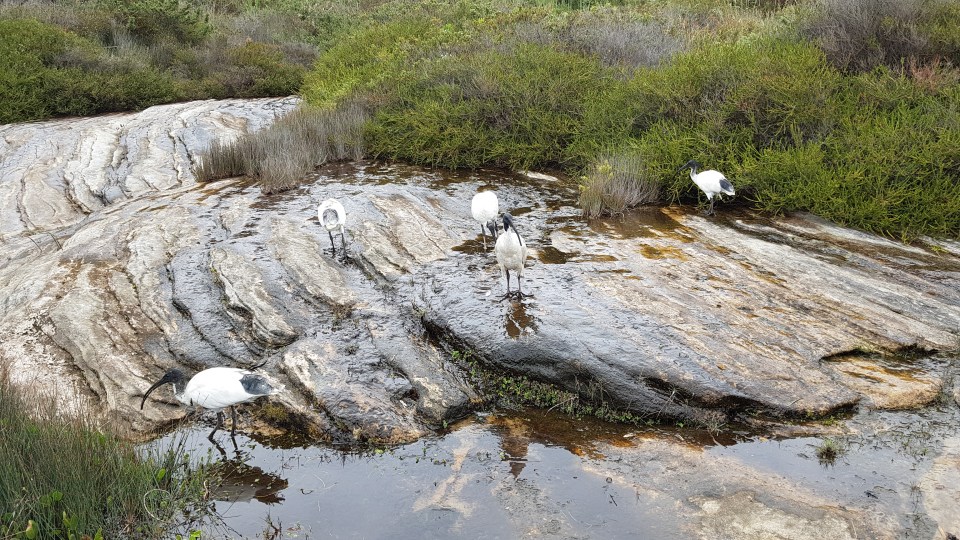
Humans have inhabited this coastal area for at least 20,000 years and its the traditional land of the Cadigal people. In more recent times the locals have enjoyed the huge tidal swimming pool known as Wylie’s Baths. I’ve snorkeled here a few times and seen some beautiful fish and invertebrates:

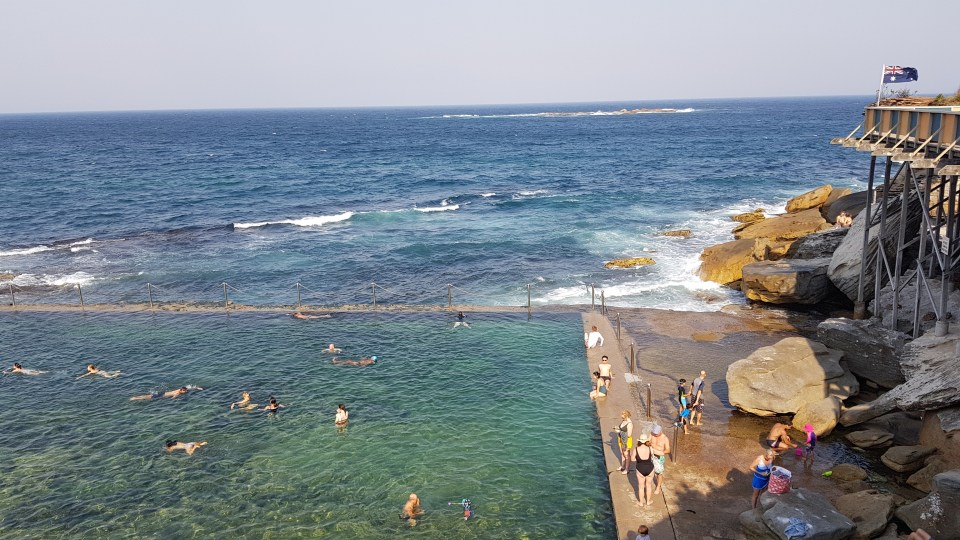
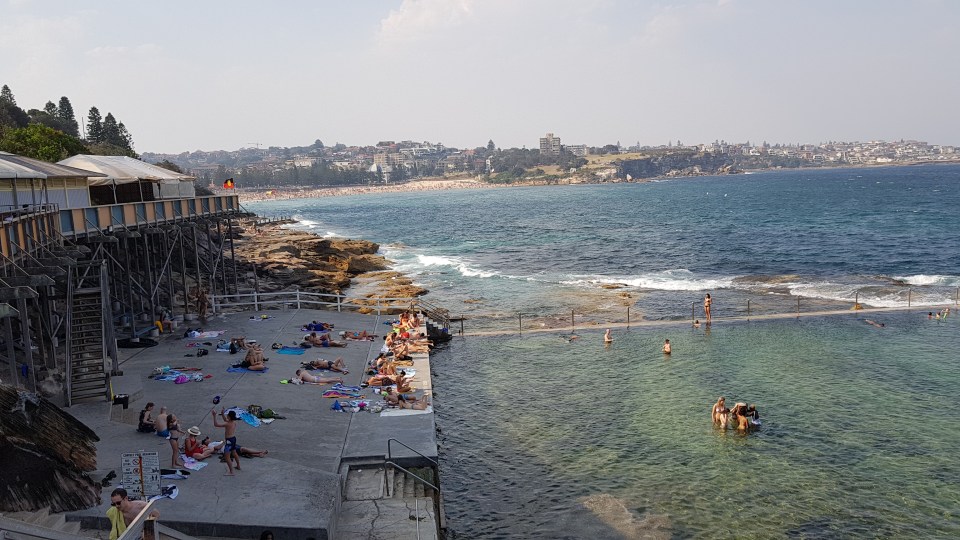
Much further up the coast at Port Macquarie, which we visited over Christmas as I recalled in this post, the geology is very different. The rocky shores are composed of hard volcanic basalt rather than the softer Sydney sandstone:
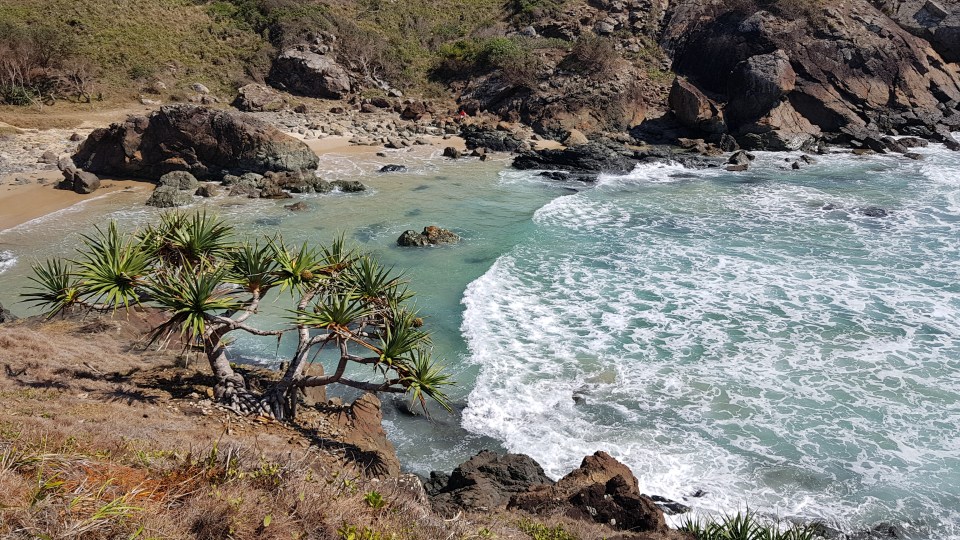
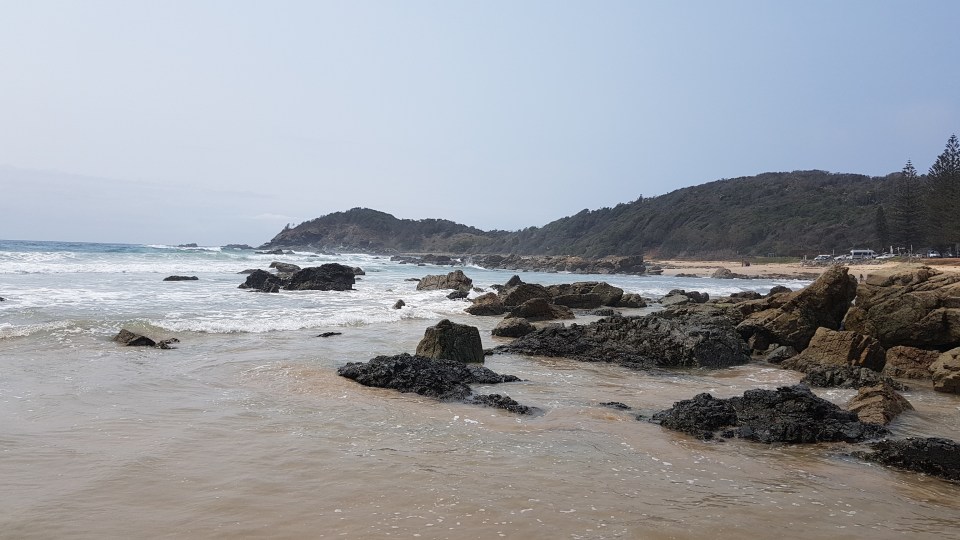
This is an incredibly dynamic environment. According to my relatives in Port Macquarie, the place where Karin is standing was until recently a rock pool almost two metres deep that was rapidly filled up by the shifting sands of the coast. Winter storms will probably scour the sand out again. Will the limpets and barnacles have survived I wonder?

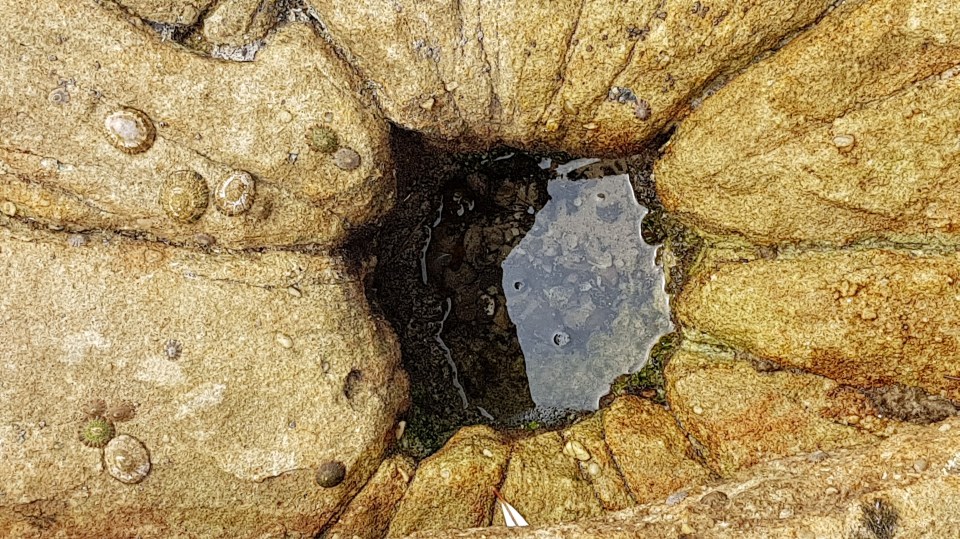

The ocean coastline at Sydney is really beautiful isn’t it?!
Yes it is!